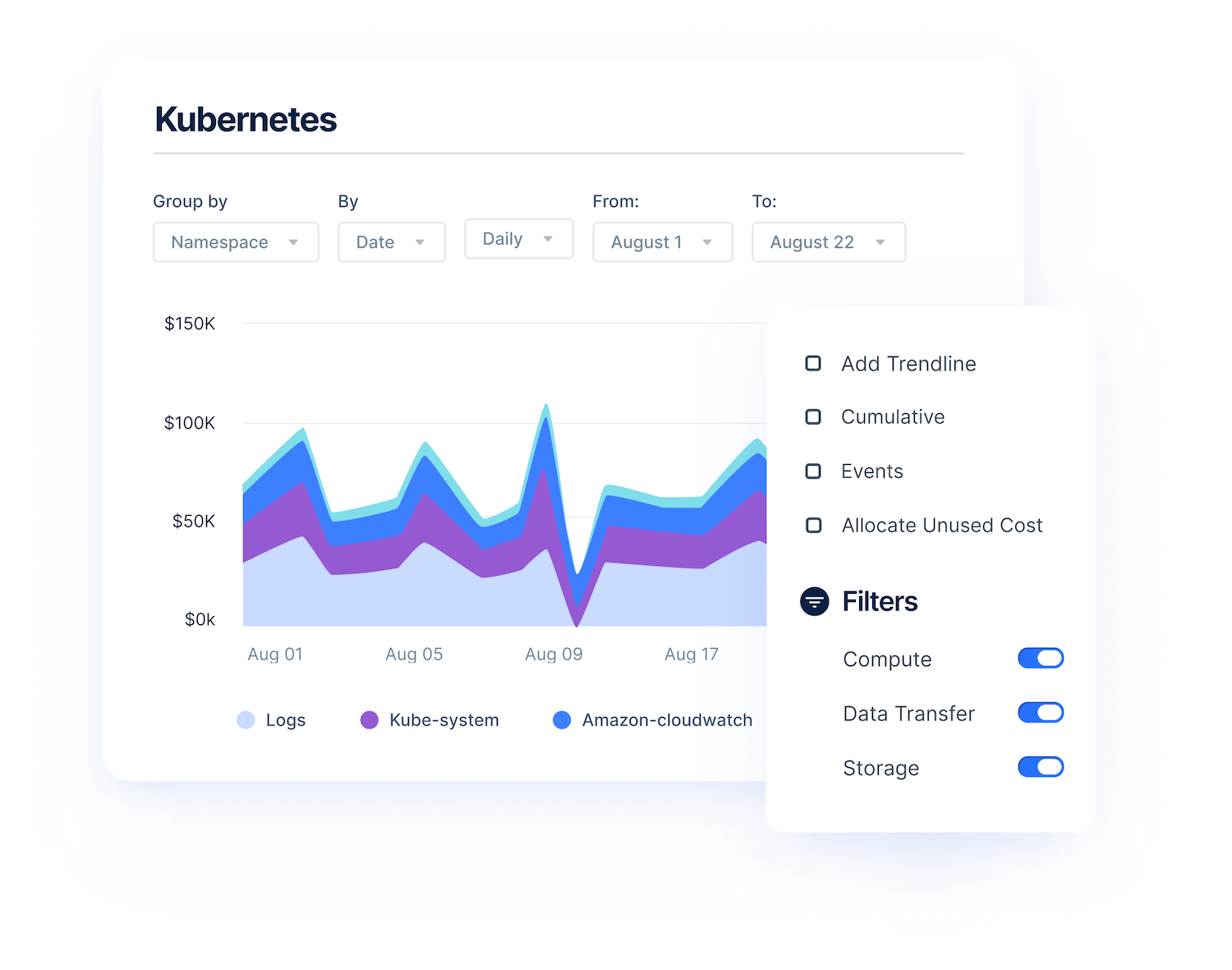As companies increasingly digitize, hybrid and multi-cloud infrastructures are largely becoming the norm. But runaway costs due to cloud blind spots, unmonitored growth, and unanticipated spending have emerged as a major challenge for enterprises across industries.
Anodot’s cloud experts led a recent webinar to discuss challenges and solutions to controlling and optimizing cloud costs.
Managing cloud costs has become an intense focus for most organizations. In April, Gartner projected worldwide cloud spend will grow over 20% in 2022 to a total of just under $500 billion dollars.
At the same time, businesses estimate that over 32% of their cloud spend is unnecessarily wasted.That’s a worldwide annual tax of nearly $160 billion dollars on businesses.
But, organizations aren’t struggling with cloud waste due lack of effort towards managing their costs. According to the FinOps Foundation, on average, organizations are using 3.7 distinct tools today to manage their cloud spend.
In addition, 75% of companies have a centralized cloud cost governance team, often called Cloud Centers of Excellence or FinOps teams. Yet, with a third of cloud spend still being wasted, these tools and efforts clearly aren’t paying off.
Cloud Line Item Under Scrutiny
After over a decade long run of nearly uninterrupted business expansion that aligned closely with the rise of the cloud, companies are now faced with a difficult market.
During this period of macroeconomic contraction, businesses are looking to cut costs within their large line items to shore up revenue growth numbers. And one of the largest line items for many businesses is their monthly cloud bill. If there was ever a time to finally take control of cloud waste — this is it.
Sources of Cloud Waste
The first step in reducing cloud waste is determining where it originates.
Each cloud bill line item is generated from a simple equation of three elements, facets of each that can be wasteful when not managed properly.
1. Service
The first element is the selection of your cloud service provider, the specific service, the instance family, size, processor, OS, and generation.
- Service types responsible for major costs include compute and storage
- Selecting a cloud service provider and choosing an instance is foundational step in the development process, and can be one that is challenging to change after the fact
To minimize waste from service selection:
- You need to visualize the business mappings between who and what are using which services
- Companies should monitor for better options for workload-to-instance alignment, such as when new instance types are introduced that offer a better fit
2. Utilization
The second element is how you utilize the service you selected.
- The volume of the service you are using in instance-hours, gigabytes, etc.
- How much data is being transferred between regions and out of your cloud
- How well your utilization is rightsized:
- You want the utilization of compute resources in an instance to be as high as possible since you pay for the full instance whether you use all of it or not
- You also need to be vigilant to catch and terminate unused zombie infrastructure
To minimize service utilization waste:
- You need to visualize the business connections between who and what are using how much volume
- Then tie this utilization to its impact on the business bottom line
- You also need to identify opportunities to optimize and size down overprovisioned infrastructure and terminate zombies
- Finally, monitor and forecast utilization at multiple intervals, and need the ability to detect anomalous utilization in near real time so you can avoid bill shock
3. Unit Price
The final element of the equation is the unit price you pay for service usage:
- The most basic unit price is AWS’ On-Demand pricing
- Then, there are different types of discounts for reserving capacity through Savings Plans, Reserved Instances, and Committed Use Discounts
- Finally one of the largest discounts can be found by negotiating an enterprise discount with your cloud service provider
To carve away at waste from paying a high unit price, you’ll again need to visualize your costs, optimize your discounts, and monitor your costs in order to:
- Ensure you know what and why you are spending
- Leverage reservations optimally and effectively
- Accurately forecast your future cloud spend to help negotiate enterprise discounts
Cloud Cost Management with Anodot
How is Anodot’s approach to cloud cost management different? Anodot is totally focused on FinOps for multicloud and Kubernetes.
With Anodot, you can visualize your entire multicloud and Kubernetes infrastructures from macro, infrastructure-wide views, all the way down to the specifics of each container.

You can empower your team to allocate and track every dollar of spend to business objects and owners, and reveal where costs are originating. You’ll get Finance and DevOps teams on the same page with personalized reports.
Anodot is the complete cloud cost management package, designed to help you eliminate waste and maximize the return on your cloud investment.
Start optimizing your cloud costs today!
Connect with one of our cloud cost management specialists to learn how Anodot can help your organization control costs, optimize resources and reduce cloud waste.





